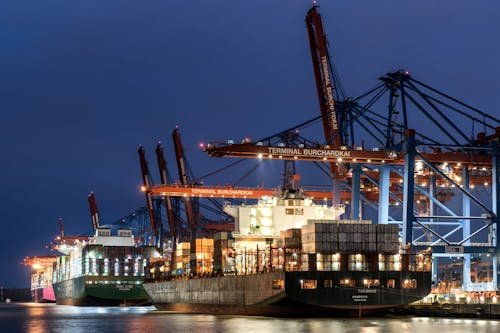Introduction
The shipping industry, as a cornerstone of global trade, plays an indispensable role in the modern economy. Historically, maritime transport has been a vital link connecting different parts of the world. Today, it remains at the heart of the global supply chain. This article delves into the current state of the global shipping industry, its challenges, and future development trends.
I. The Current State of Global Shipping
1.1 Overview of the Shipping Industry
The shipping industry encompasses various sectors, including freight transport, passenger transport, and cruise operations, with freight transport being the primary focus. Approximately 90% of global trade by volume is carried by sea, making maritime transport a critical component of the international logistics chain.
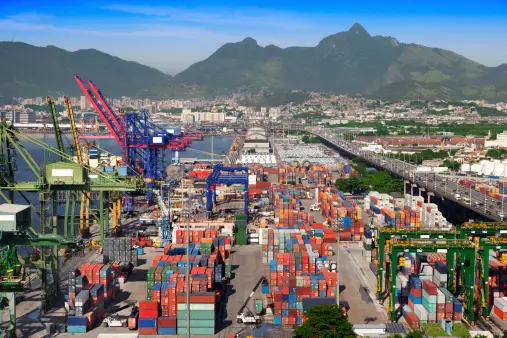
1.2 Major Players and Routes
Major players in the shipping industry include container shipping companies like Maersk, MSC, and COSCO. Key shipping routes connect major global ports such as those in Shanghai, Singapore, Rotterdam, and Los Angeles. The strategic importance of these routes is highlighted by the high volume of cargo they handle annually.
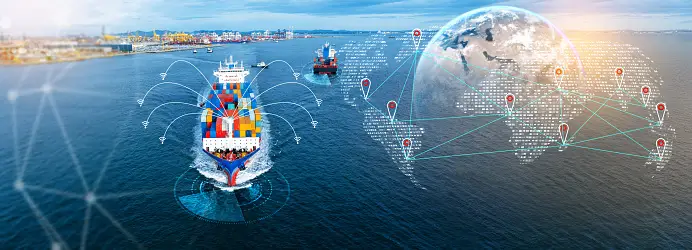
1.3 Technological Advancements
Technological advancements have significantly transformed the shipping industry. Innovations such as autonomous ships, blockchain for supply chain transparency, and the Internet of Things (IoT) for real-time tracking have enhanced efficiency and reliability.
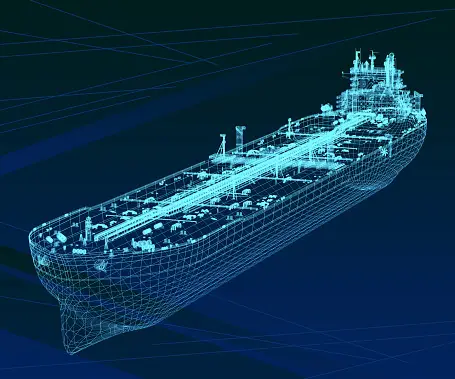
II. Challenges Facing the Shipping Industry
2.1 Environmental Regulations
One of the most pressing challenges is compliance with stringent environmental regulations. The International Maritime Organization (IMO) has implemented regulations to reduce sulfur emissions and greenhouse gases, pushing the industry towards cleaner technologies.
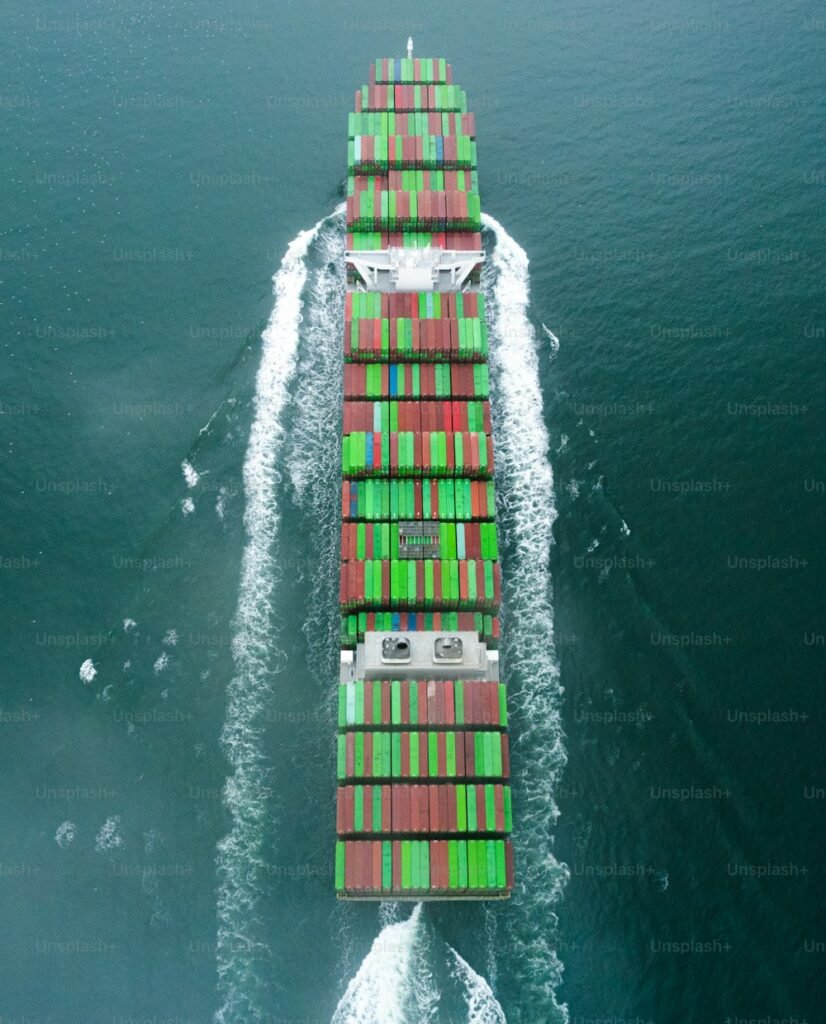
2.2 Supply Chain Disruptions
The COVID-19 pandemic highlighted the vulnerability of global supply chains, causing significant delays and increased costs. The industry is now focusing on building more resilient and flexible logistics networks.
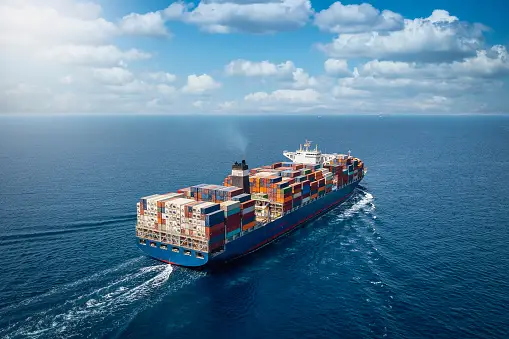
2.3 Geopolitical Tensions
Geopolitical tensions and trade wars can disrupt shipping routes and affect global trade dynamics. The ongoing US-China trade conflict and the Russia-Ukraine crisis are examples of such disruptions.
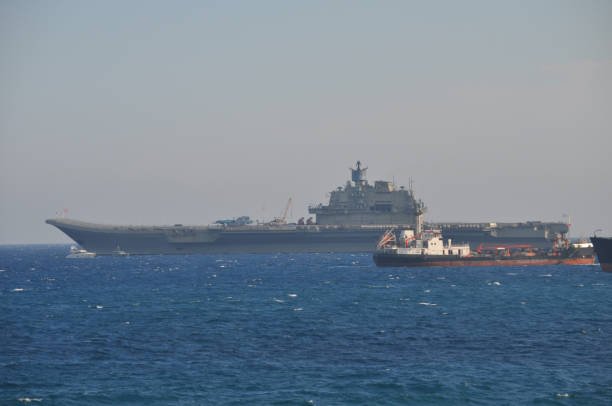
III. Future Trends in the Shipping Industry
3.1 Sustainability and Green Shipping
The future of shipping is geared towards sustainability. Innovations in alternative fuels such as liquefied natural gas (LNG), hydrogen, and ammonia are paving the way for greener shipping practices.
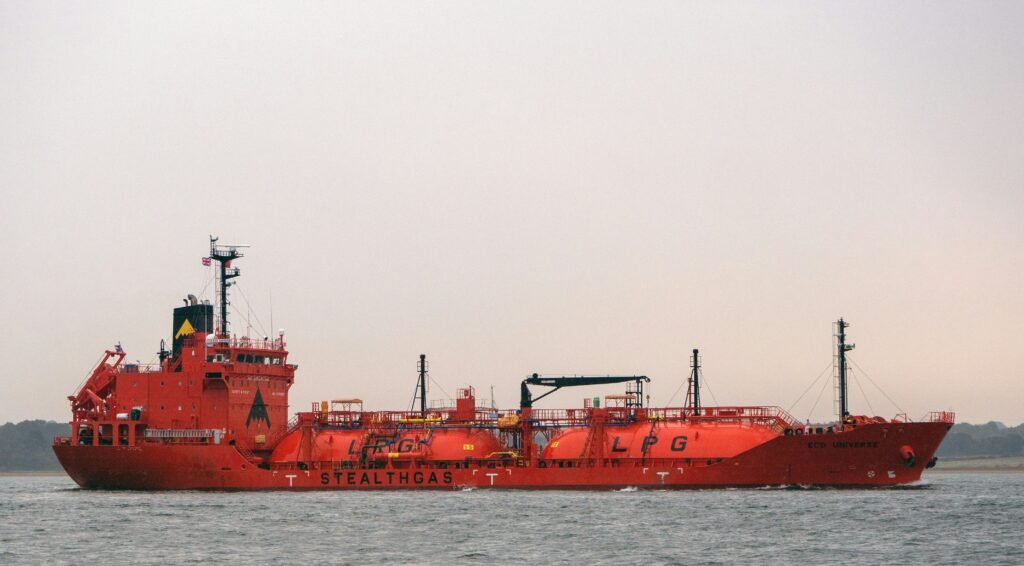
3.2 Digital Transformation
Digital transformation will continue to play a significant role in the industry. Technologies such as artificial intelligence (AI), big data analytics, and blockchain will further enhance operational efficiency and transparency.I

3.3 Expansion of Maritime Infrastructure
Investment in port infrastructure and the development of new shipping lanes, such as the Arctic route due to melting ice caps, will be critical to accommodate growing trade volumes and new trade patterns.
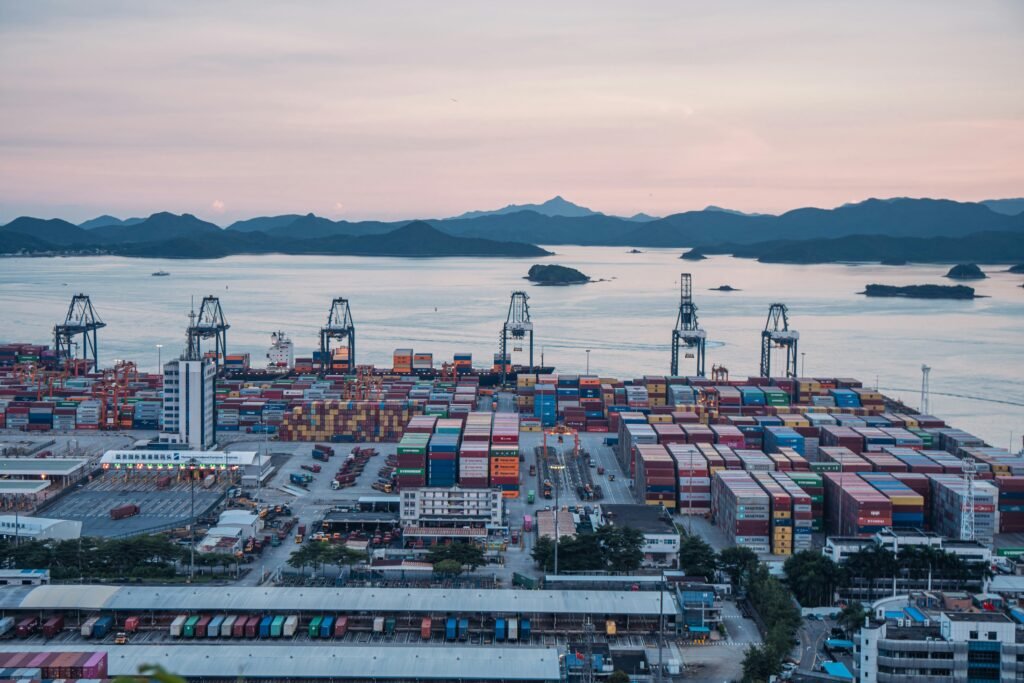
Conclusion
The global shipping industry stands at a crossroads, facing numerous challenges but also opportunities for innovation and growth. With a focus on sustainability, technological advancements, and infrastructure development, the industry is poised to navigate towards a more efficient and resilient future. By understanding the current dynamics and preparing for future trends, stakeholders can ensure the continued success and evolution of this vital sector.

